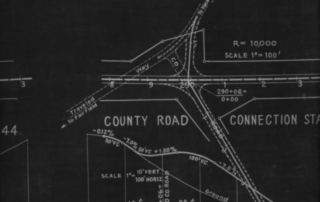ACCESS 22, Spring 2003
Comment: Obsolescence Named Progress
William L. Garrison
Californians are likely to approve bonds for a high-speed passenger train system from San Diego to Sacramento, running via Los Angeles and Central Valley cities with extensions to the Bay Area. Promoters say that, as the alternative to air and highway travel, it will help clean the air, save time and money, reduce congestion, and do other good things. Skeptics point to informal construction estimates reaching upwards of thirty billion dollars, to the long history of cost overruns among large public-works projects, and to the political influence of construction interests.






